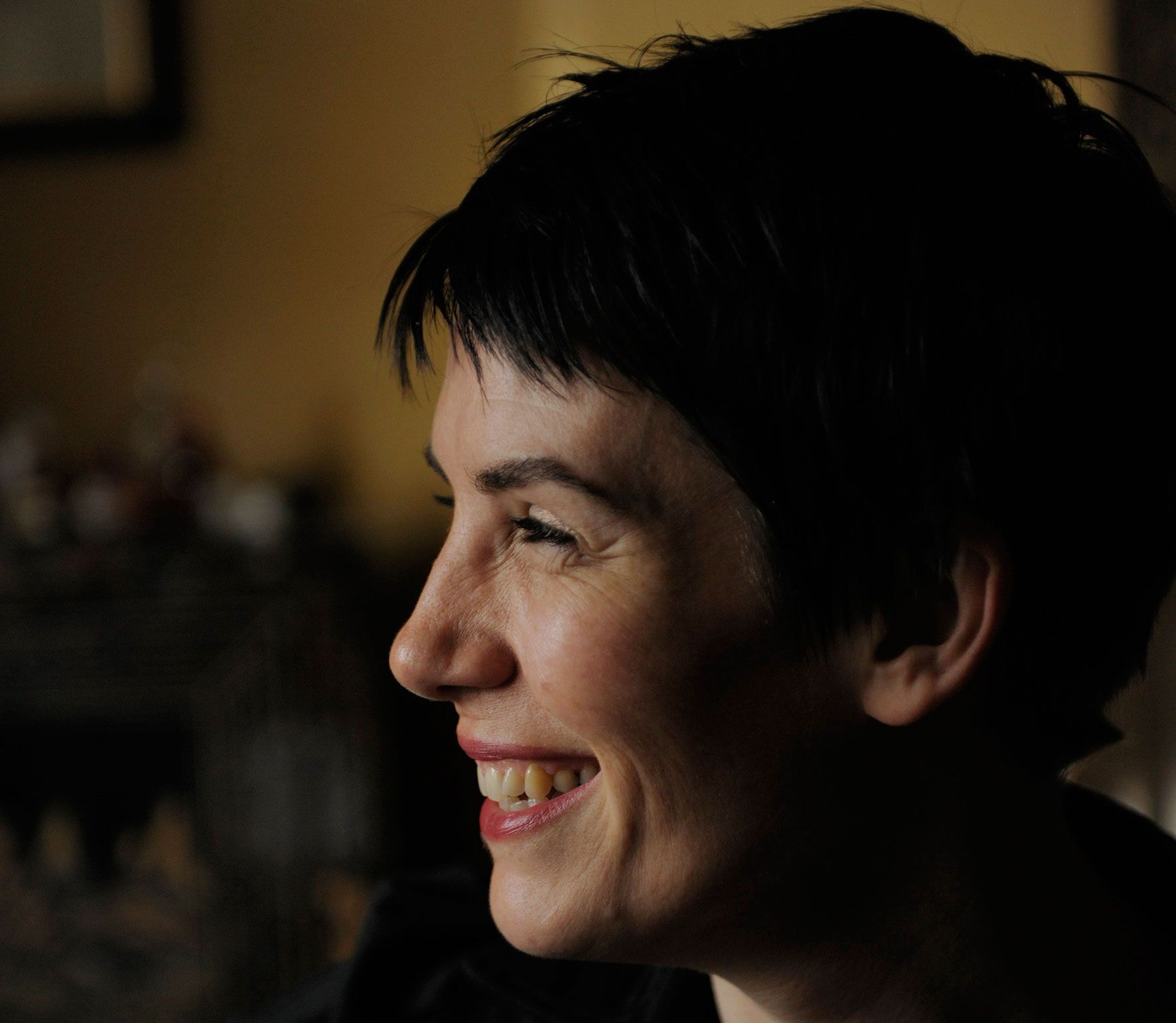
When I was at university a hundred years ago, I had two brilliant teachers, Robin Grove and Mary Dove, who ran a class about the idea of desire. During the semester we read various Western texts about desire: the Song of Solomon, Clarissa, Northanger Abbey by Jane Austen… I forget the others. It was a wonderful class though, and particularly because Mary and Robin were versatile, imaginative scholars and they had us do some interesting exercises.
It was the first time I had been asked to mix academic work with creative work. Although at the time I went about moaning to everyone at how unorthodox and laboriously unfair it was to expect me – an arts student! An overworked, self-absorbed, busy-playing-pool-on-Tuesday-afternoons, foggyheaded-in-the-morning, trying-to-finish-Ancient Greek-homework arts student! – to write creatively, now twenty years later I still remember what a thrill it was to try it, and how successfully the exercises challenged me to engage with texts in a totally new way – and my own imagination, too.
It was the simplest thing. Basically, they asked us to read one text –– say, Northanger Abbey – and then pretend to be one of its characters, who is reading another text – say, Henry Richardson’s 18th century vast tome of fiction, Clarissa. And then write a letter as that character, to another, about the second book.
Got that? You entered one book (and writer’s imagination) and occupied it sufficiently that you could ventriloquise, and in your ventriloquist, slightly squeaky voice you wrote about another book. So I pretended to be Henry Tilney, the crush of Catherine in Northanger Abbey, writing to Catherine about a jolly sad book I’ve been reading, already something of a classic by 1818, about a young lady called Clarissa, who is having a dreadful old time with her love life. Henry is a sensible and earnest young man, writing to a dreamy and impetuous teenage girl who likes him rather a lot. He wants her to come to grips with the real world (“Consult your own understanding, your own sense of the probable, your own observation of what is passing around you. Does our education prepare us for such atrocities? Do our laws connive at them? … Dearest Miss Morland, what ideas have you been admitting?”) but realises Clarissa, which is about abduction and forced sex and betrayal and a woman at the mercy of vicious and appalling men, is fairly heavy material for such an innocent. So he must talk about it in a new way. I had to find a voice for him; a setting; his attitude and his motive. Then I had to understand Clarissa well enough that I could give Henry’s thoughts about it. The whole thing was insane but you know what? It was thrilling. Out of my fingers came Henry Tilney, and just like that, I had discovered creativity in me I never suspected.
Remembering this now (and finding that sadly, Mary Dove has since passed away), I remember also how I found the assignment familiar in a way, because I had had a habit of trying writers’ voices already – by copying out prose that I loved. If I adored a chapter by Charmian Clift, or a poem by Neruda, or a page by Kate Llewellyn, I used to write it out, in nice handwriting, for the pleasure of tracing that beloved writer’s steps through her words, and the idea that I was somehow capturing the words better, and for the loveliness of having a copy of it for my own, to put up on the wall.
Perhaps this all sounds like a pretty abstruse, or stupid, idea for a writing exercise now. But I promise you, it was fabulous. All visual artists begin by training and for many hundreds of years they trained by copying the masters. I really think it’s a good idea for writers, too. Not just to read widely and attentively – PLEASE DO – but to actually copy them – and even improvise in their voices. To study another artist is to deeply learn their characters, their prose rhythms, their voice and style and tone – and why they have chosen them that way. It can be such an education – a humbling experience, too.
I’m not suggesting you copy and steal another writer’s voice. I’m suggesting you inhabit it to learn something. All those other writers have gone before, agonising and selecting and re-writing and trying and failing and succeeding – and all that work is there for you to gain from.
The workout
So – in brief. This is the exercise. A first step, and then if you’re feeling perky, a second one.
- Choose a book and choose a section or chapter. Make it at least a few pages long. Copy it out. Literally – write it out, word for word. You can type it or handwrite it. Just write out each word, punctuation mark, ellipse. Pay attention. Ask yourself: why this paragraph break here? Why keep using the character’s name? Why are the sentences so short / punctuated / interminable / etc? Feel the words in your fingers. Listen to the voice as it gets into your head.
- And then if you’re happy to try something new, keep writing. Write onwards – in that writer’s voice. Start a letter in a character’s tone. And tell someone, as that character, about your work. Have them describe what you – yes you, yourself – are working on. Their opinion. Their bafflement, or admiration, or sense of intrigue. Keep writing. Try the relief of not being yourself for a while.
That’s it – that my workout. I can’t say I do it myself anymore, but I think now I might try. So many amazing writers to impersonate! So many fabulous characters to inhabit, already conjured! And so much for them to talk about.
About Kate Holden
Kate Holden is the author of ‘In My Skin: A Memoir’ and ‘The Romantic: Italian Nights and Days’, both published by Text. For six years she wrote a regular column for ‘The Age’ and has published essays, short stories and reviews in ‘Griffith Review’, ‘Meanjin’, ‘The Monthly’, ‘The Big Issue’, ‘The Age’, ‘The Australian’ and others.
